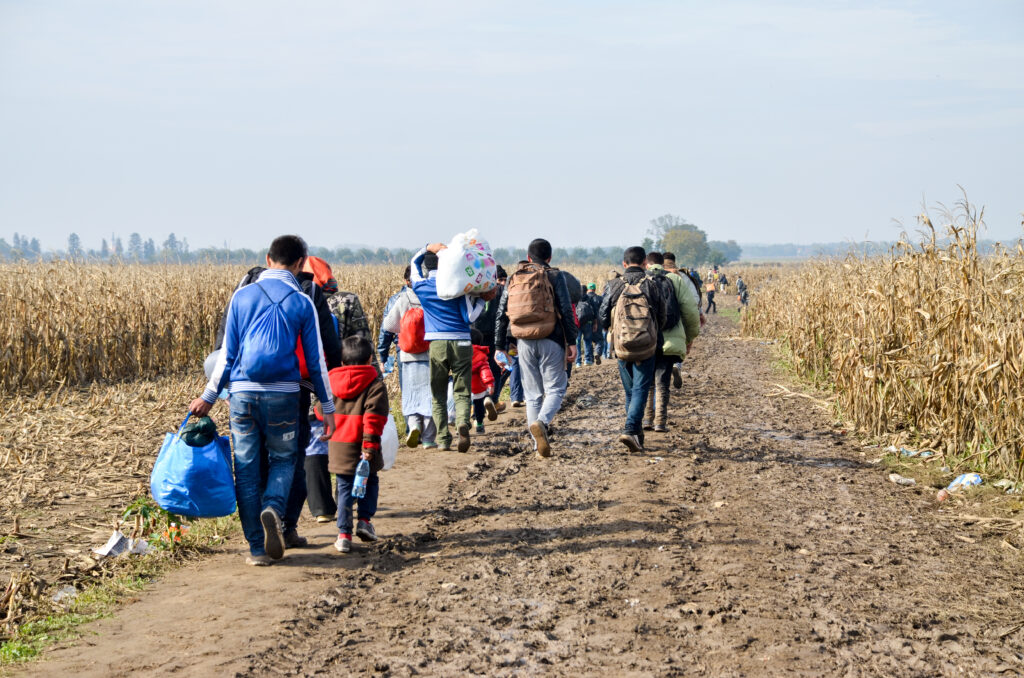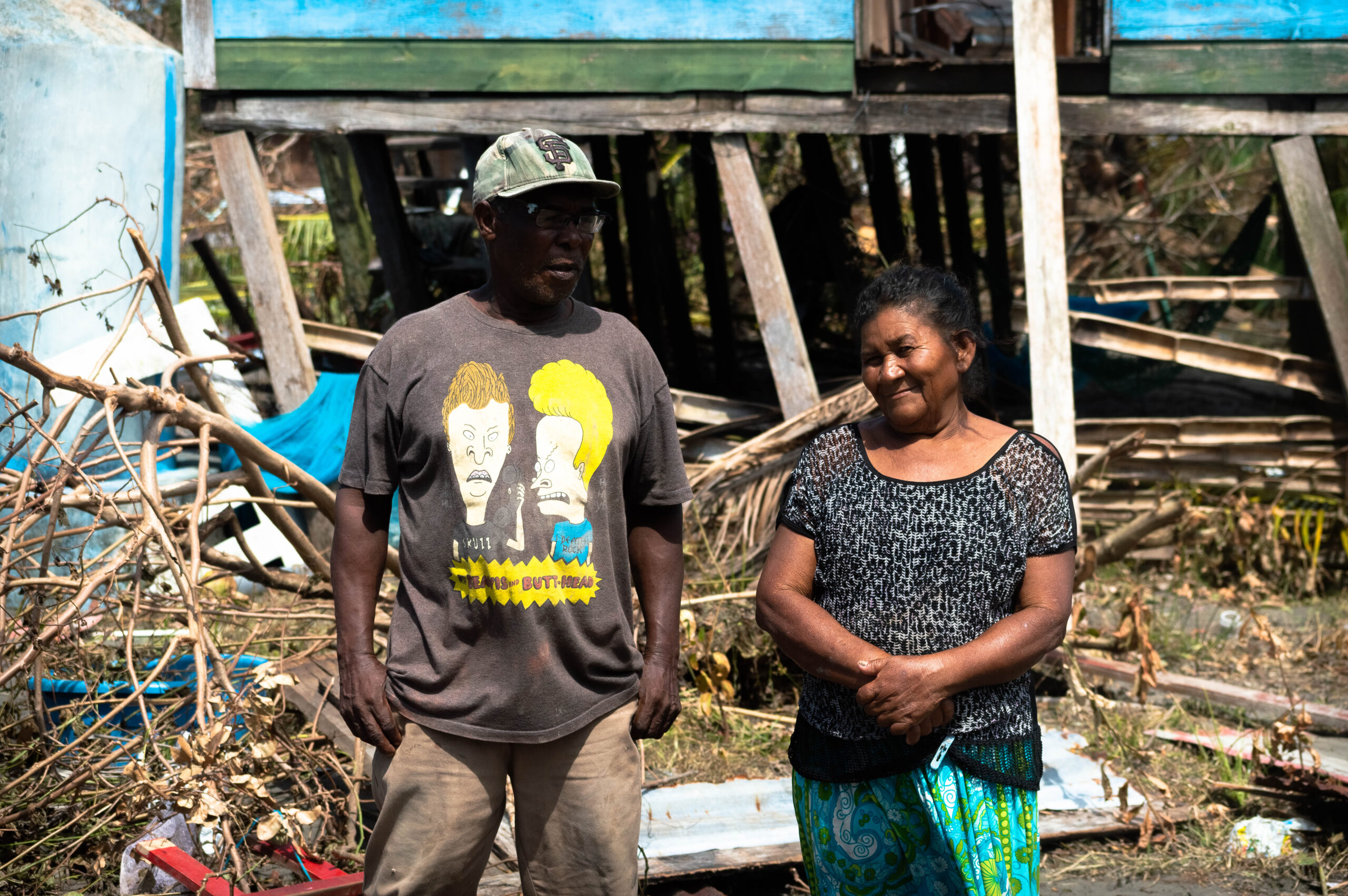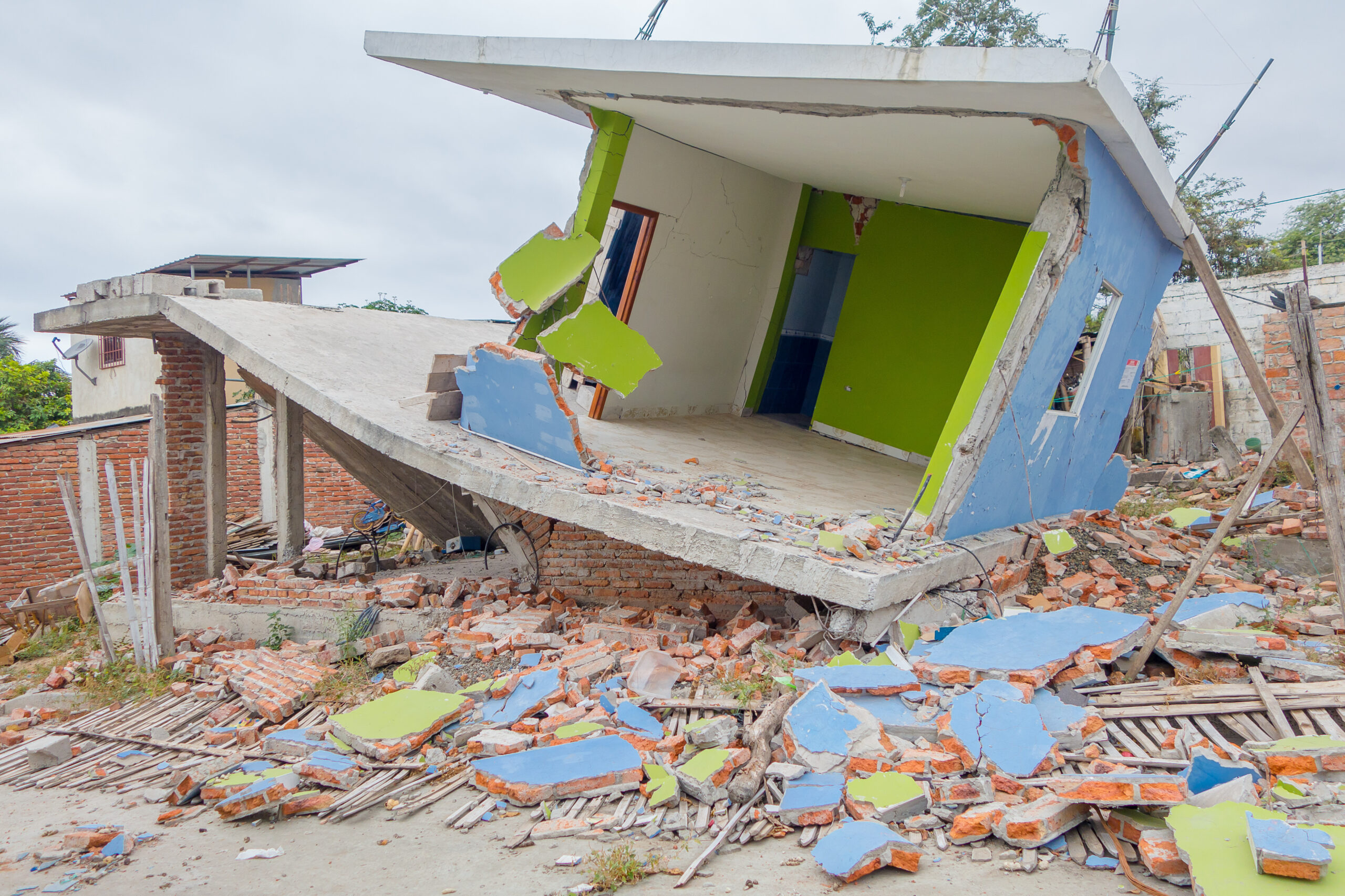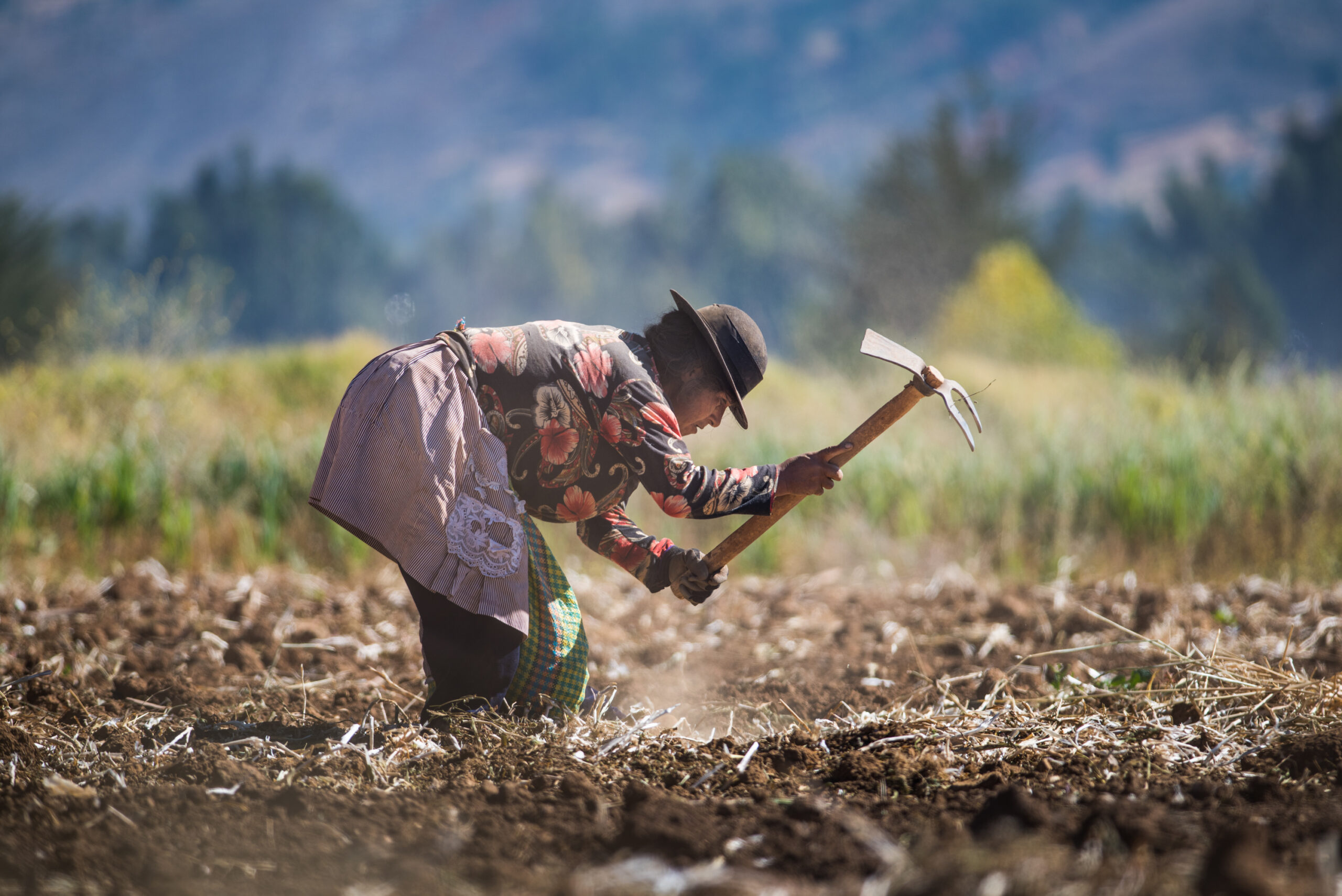

It’s a point that the new U.S. administration has made repeatedly, when asked about the flow of migrants to the United States. During a press conference in late March, President Joe Biden mentioned earthquakes, floods, hurricanes, and lack of food, along with gang violence, among the many reasons prompting thousands of people from the so-called Northern Triangle countries—El Salvador, Guatemala, and Honduras—to head to the U.S. border.
See two other recent stories about the impact of Hurricanes Eta and Iota:
Biden criticized the previous administration for not doing enough for Central America in the wake of Hurricanes Eta and Iota last year. “Instead of us going down and helping in a major way, so that people would not have a reason to want to leave in the first place because they didn’t have housing or water or sustenance, we did nothing,” he said, adding, “We’re going to do a lot in our administration.”
Ambassador Roberta Jacobson, Special Assistant to the President and Coordinator for the Southern Border, told reporters that the administration would work with partners in Mexico and Central America to “ensure that people don’t make this dangerous journey and instead have opportunities for economic advancement and safety at home.” She said that the administration would seek $4 billion over four years to address “the root causes of migration, including corruption, violence, and economic devastation exacerbated by climate change.”

“We know how to get money to communities that are most likely to send migrants, but also that are suffering the greatest effect of two hurricanes this season,” Jacobson said at a press briefing in March. Both short-term humanitarian assistance and long-term policy changes are needed to “break that cycle of migration sustainably,” she said.
Two weeks into his administration, Biden signed an executive order calling on the Assistant to the President for National Security Affairs, in consultation with several government agencies, to prepare a report within 180 days on the impact of climate change on migration.
“This report,” the order said, “shall include, at a minimum, discussion of the international security implications of climate-related migration; options for protection and resettlement of individuals displaced directly or indirectly from climate change; mechanisms for identifying such individuals, including through referrals; proposals for how these findings should affect use of United States foreign assistance to mitigate the negative impacts of climate change; and opportunities to work collaboratively with other countries, international organizations and bodies, non-governmental organizations, and localities to respond to migration resulting directly or indirectly from climate change.”
Not all climate-related migration is international, of course. The loss of agricultural livelihoods leads many people to leave rural areas and relocate to cities in their own country. “Internal climate migrants are rapidly becoming the human face of climate change,” noted a 2018 World Bank report, which estimated that the number of internal climate migrants in Latin America could reach 17 million by 2050.
The decision to migrate often results from a myriad of circumstances that drive people from their place of origin (push factors) and draw them to another community or country (pull factors). For example, a young man who can’t find work might be even more inclined to leave his village if gang violence is encroaching or an earthquake has destroyed his family’s home; on the pull side, he’s more likely to try to go to the United States if he already has a brother there or if the construction industry is booming.

In parts of Central America, the push factors have been intensifying. Eta and Iota came on top of years of drought and erratic weather as well as the economic crisis caused by the COVID-19 pandemic. In February, the United Nations World Food Programme (WFP) estimated that close to 8 million people in El Salvador, Guatemala, Honduras, and Nicaragua had been affected by hunger, with 1.7 million of them in the “emergency” category of food insecurity.
The hurricanes destroyed more than 200,000 hectares of staple food and cash crops in the four countries, according to WFP, as well as more than 10,000 hectares of coffee farmland in Honduras and Guatemala.
“With homes and farms destroyed, food stocks running low and job opportunities shrinking, nearly 15 percent of people surveyed by WFP in January 2021 said that they were making concrete plans to migrate,” the agency said in a press release. That percentage was nearly twice as high as in a post-drought assessment WFP did in 2018.

“Urban and rural communities in Central America have hit rock bottom,” Miguel Barreto, WFP Regional Director for Latin America and the Caribbean, said in the press release. “The COVID-19-induced economic crisis had already put food on the market shelves out of reach for the most vulnerable people when the twin hurricanes Eta and Iota battered them further. Many now have nowhere to live and are staying in temporary shelters, surviving on next to nothing.”
In Guatemala, government figures show that acute malnutrition in children younger than 5 increased by 81% from 2019 to 2020. In indigenous communities in the Western Highlands, around 70% of children are suffering from chronic malnutrition, a rate that is “higher than any country in the world,” according to a recent Washington Post story: The reason many Guatemalans are coming to the border? A profound hunger crisis.
Willy Barreno, who runs a small organization called Sustainable Development for Guatemala (DESGUA), is trying to create more opportunities for young people to stay and pursue “the Guatemalan dream,” as he puts it. In a recent interview, he talked about several factors that had already been driving an increase in migration from northern Guatemala before the hurricanes, including the destruction of rainforests for large-scale monoculture farming and the economic downturn brought by the pandemic.
“People are going to leave because there’s no work,” Barreno said. “Climate change and deforestation further accelerate the departure of people for the United States.”

Israel Vaíl knows what it’s like to be a climate migrant. Back in 1998, he was living on Guatemala’s southern coast, making his living as a smallholder farmer, when Hurricane Mitch struck. The storm brought days of rain that wiped out his crops of maize, sesame, and beans. He had taken out a loan for the planting season and no longer had any means to repay it, so he borrowed more money and hired a smuggler to take him to the United States.
“I’m not the only one who emigrated to another country,” he said. “Many people emigrated back then, because they didn’t have what they needed to survive.”
Vaíl, who grew up speaking his Mayan language, Mam, learned Spanish in New Jersey, where he worked in restaurants alongside other immigrants. After about a decade in the United States, he decided to “self-deport” back to Guatemala, and for the past several years he has been back in his hometown of Cajolá, in the Western Highlands, where he has a small store and sells artisanal breads that he bakes in a clay oven.
In a recent phone interview, he said he will not leave Guatemala again because at age 50, he feels too old for the “cat and mouse” evasion of immigration authorities in Mexico and the United States. But he knows a few people from farming areas along the coast who have headed north since the two recent hurricanes.
“People lose everything and they don’t have an opportunity to survive in Guatemala,” he said. “It’s very difficult.”
 View Map
View Map